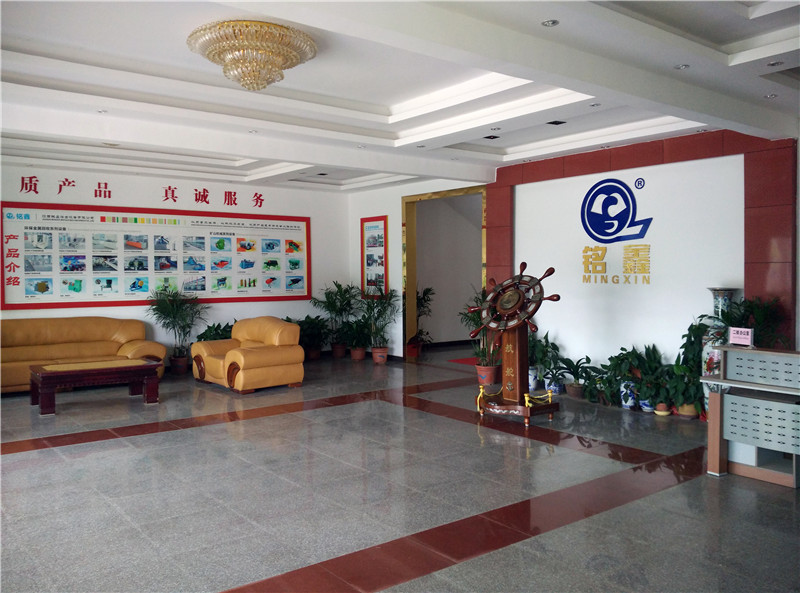With the rapid development of science and technology, the replacement of electronic products has become more and more frequent. This not only brings convenience and efficiency, but also generates a large amount of e-waste. E-waste contains a variety of valuable materials, and their recycling is important for environmental protection and resource conservation. This paper will discuss the materials that can be recovered from e-waste and provide some practical suggestions for recycling.
I. Recyclable Materials in E-waste
1. Metals - Precious metals: such as gold, silver, platinum, etc. These metals are used in electronic products for circuit boards and connectors. - Base metals: such as copper, aluminum, iron, etc. They are the most common materials used in electronic devices.
2. plastics - electronic device housings, cable insulation, etc. are often made of plastics, which can be recycled.
3. glass - glass used in components such as displays and fiber optics can also be recycled.
4. rare elements - such as indium and gallium, which are used in some high-tech products in small quantities but are of high value.
5. batteries - many electronic devices use batteries that contain recyclable chemicals.
II. Recycling Process
1. Sorting - First, e-waste needs to be sorted by material type.
2. Disassembly - Electronic equipment is disassembled to separate out the various materials.
3. Cleaning - Recyclable materials are cleaned to remove impurities. 4.
4. Crushing - Breaking the material into smaller pieces for further processing.
5. refining - Refining valuable materials by chemical or physical means.
6. remanufacturing - the refined materials are used in the manufacture of new products.
III. Benefits of Recycling
1. Environmental Protection - Reduces the environmental impact of hazardous substances, such as heavy metals and toxic chemicals.
2. Resource Conservation - Reduces the need for new resources and lowers extraction and processing costs.
3. Economic Benefits - Recycling materials creates new economic value.
4. Social Responsibility - Companies demonstrate their responsibility to the environment through recycling activities.
IV. How to participate in e-waste recycling
1. Know your local recycling policy - Learn about e-waste recycling policies and programs in your area.
2. Use Recycling Services - Utilize professional e-waste recycling services.
3. Participate in Community Activities - Participate in e-waste recycling activities organized by your community.
4. Education and awareness - Promote the importance of e-waste recycling to people around you.
Recycling of e-waste not only helps to reduce environmental pollution, but also promotes the recycling of resources. By understanding recyclable materials and participating in recycling activities, each of us can contribute to protecting the environment and conserving resources. Let's take action and work together to promote the effective recycling and reuse of e-waste.











